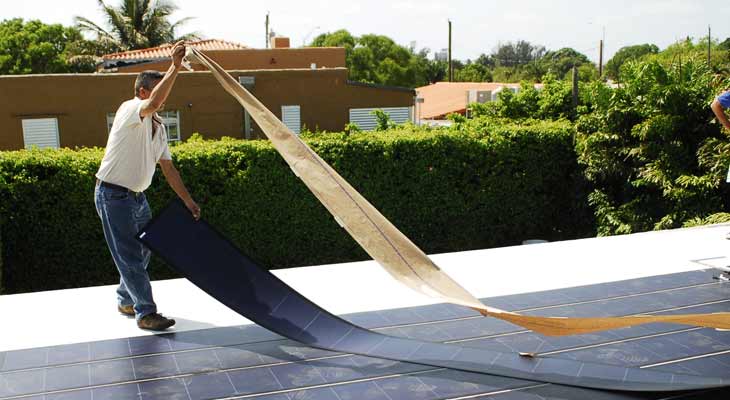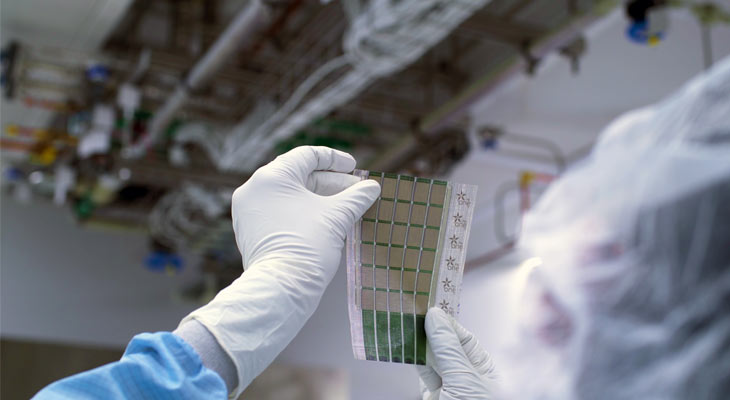MIT Engineers Develop Ultralight Fabric Solar Cells for Quick and Easy Power Generation Anywhere
- ByStartup Story Team | March 28, 2023

Engineers at MIT have developed ultra-lightweight solar cells made of fabric that can convert any surface into a power source with ease and speed. These solar cells are durable, flexible, and thinner than a human hair, making them an appealing option for providing power in remote areas or during emergency situations when there is a power outage.
As per a press release by MIT, these ultralight fabric solar cells can be easily attached to a sturdy, light-weight fabric, making it effortless to install them on a stationary surface. They have the potential to function as a wearable power fabric that can provide energy on the move or as an easy-to-transport power source that can be quickly deployed in remote areas during emergency situations.
As per the press release by MIT, these solar cells weigh only one percent of the conventional solar panels, and have the capacity to produce 18 times more power per kilogram. These cells are manufactured using semiconducting inks through printing techniques that can be expanded to large-area manufacturing in the future.

In a statement, Vladimir Bulovic, the Fariborz Maseeh Chair in Emerging Technology, leader of the Organic and Nanostructured Electronics Laboratory (ONE Lab), director of MIT.nano, and senior author, emphasized the importance of integrability in assessing new solar cell technologies, in addition to traditional metrics such as power conversion efficiency and cost in dollars-per-watt.
Vladimir Bulovic, the senior author of the study, stated that lightweight solar fabrics offer integrability, which is crucial for the current work. The goal is to hasten the adoption of solar energy and address the pressing need for new sources of carbon-free energy.
The advancement in solar energy technology could have potential benefits for the community in the future. It has the capability to improve energy production, which could lead to positive outcomes such as enhanced resilience and economic growth.
The potential for these solar cells to be compatible with a variety of uses and applications in the future may lead to significant contributions to humanitarian efforts and overall well-being.









